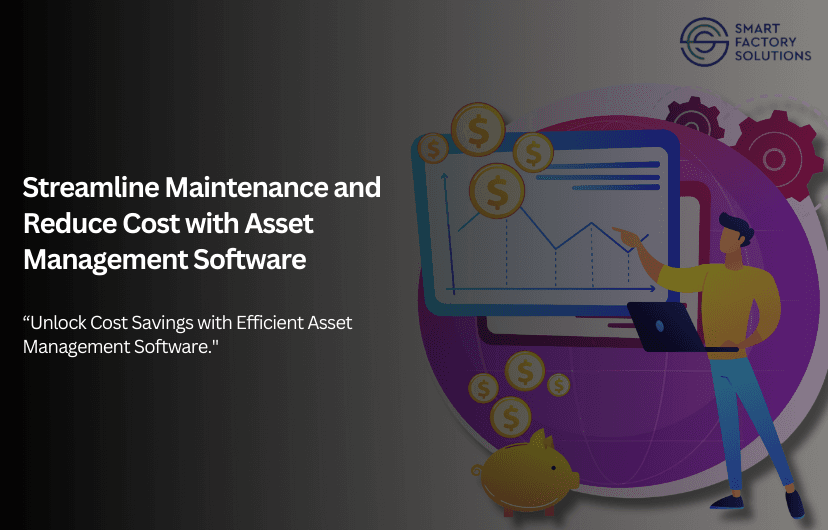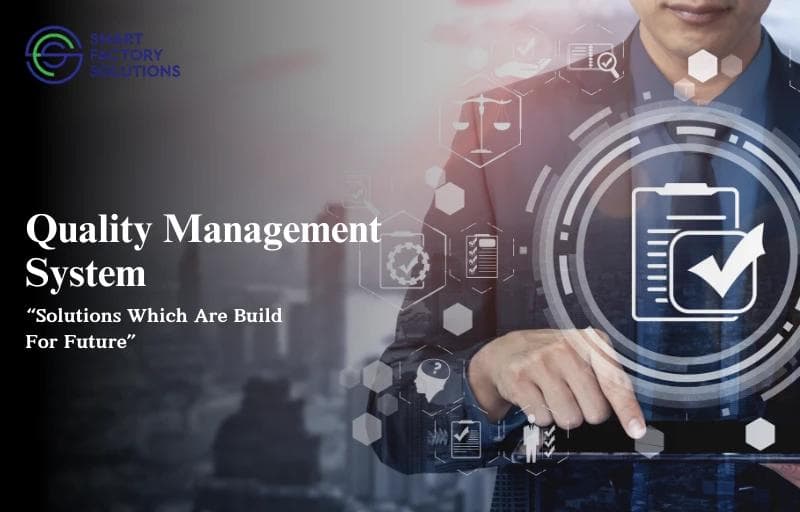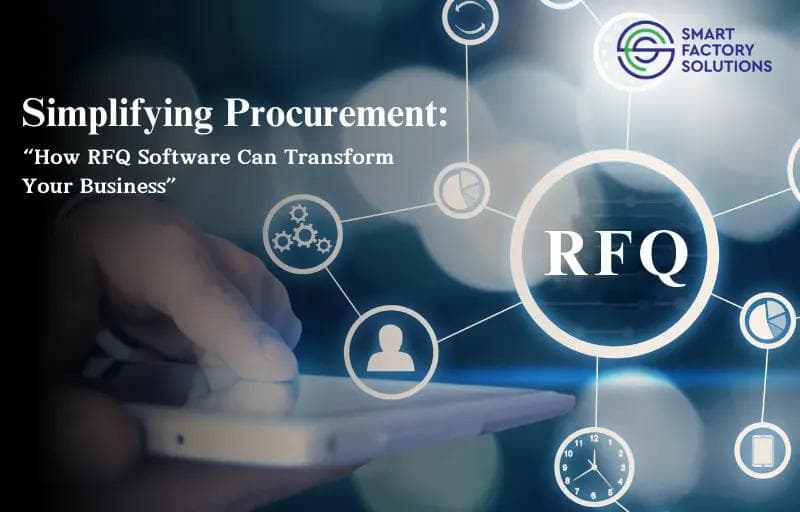Back
Streamline Maintenance and Reduce Costs with Essential Asset Management Software

In today's fast-paced business environment, maintaining equipment in optimal condition while controlling costs is essential. Asset management software is a powerful tool that helps companies achieve these objectives by simplifying maintenance processes and reducing expenses. This blog will explore how asset management software can transform your maintenance practices and significantly lower costs.
What is Asset Management Software?
Asset management software is a digital tool designed to track and manage a company's physical assets throughout their lifecycle. It provides features such as asset tracking, maintenance scheduling, inventory management, and performance monitoring. By centralizing asset information, the software offers a comprehensive view of asset status, usage, and history, making it easier to manage and optimize.
Core Functionalities
Automated Maintenance Scheduling Asset management software automates maintenance scheduling based on predefined intervals or usage metrics. This ensures regular maintenance and prevents overlooked tasks, reducing the risk of asset failures and maintaining consistent performance.
Real-Time Monitoring and Alerts With real-time monitoring, the software continuously tracks asset performance. It sends alerts if metrics deviate from acceptable ranges, enabling maintenance teams to address issues before they escalate. This proactive approach helps reduce unplanned downtime and maintenance costs.
Historical Maintenance Data The software analyzes past maintenance data to forecast future needs. This data-driven approach allows businesses to identify trends, plan maintenance more effectively, and optimize resource allocation.
Streamlining Maintenance with Asset Management Software
Proactive Maintenance Scheduling By automating maintenance scheduling, the software ensures that tasks are performed on time. This proactive approach minimizes the risk of asset failures, reduces downtime, and keeps equipment running smoothly.
Real-Time Issue Detection Real-time monitoring allows the software to track critical performance metrics, such as temperature and usage hours. When deviations occur, alerts are triggered, enabling timely interventions that prevent costly breakdowns.
Data-Driven Maintenance Strategies Leveraging historical maintenance data, the software helps forecast future maintenance needs. This predictive capability leads to more effective maintenance strategies, resource optimization, and fewer unexpected failures.
Reducing Costs with Asset Management Software
Optimized Resource Allocation Asset management software provides insights into asset usage and performance, helping optimize resource allocation. By understanding how resources are utilized, companies can avoid over-provisioning or underutilization, leading to cost savings and improved efficiency.
Enhanced Asset Utilization Effective asset management improves asset utilization. The software ensures assets are used efficiently and receive regular maintenance. This extends asset lifespans, reducing the need for costly replacements.
Comprehensive Cost Tracking and Analysis The software tracks and analyzes all maintenance-related costs, including repairs, parts, and labor. This transparency helps businesses identify cost-saving opportunities, manage budgets more effectively, and make informed financial decisions.
Enhancing Compliance and Reducing Risk
Regulatory Compliance Asset management software supports compliance with industry regulations by maintaining accurate records of all maintenance activities. Automated record-keeping and reporting ensure that documentation is ready for audits and inspections, reducing the risk of non-compliance penalties.
Risk Management Effective asset management helps identify and mitigate risks associated with asset failures. By tracking asset conditions and maintenance history, businesses can proactively address potential issues, reducing the likelihood of operational disruptions.
Real-World Examples
Case Study 1: Manufacturing Company
A manufacturing company implemented asset management software to manage its machinery fleet. Automated maintenance scheduling and real-time monitoring reduced equipment downtime by 30% and decreased maintenance costs by 25% within the first year.
Case Study 2: Facility Management Firm
A facility management firm adopted asset management software to oversee its building assets. Predictive maintenance capabilities helped the firm avoid significant repairs and extend the lifespan of critical equipment, resulting in a 20% reduction in overall maintenance expenses.
Choosing the Right Asset Management Software
Key Considerations
When selecting asset management software, consider factors such as ease of use, integration capabilities, scalability, and support services. Ensure that the software meets your business needs and can accommodate future growth.
SmartALM: The Solution for Effective Asset Management
For businesses looking to optimize asset management practices, SmartALM stands out as a comprehensive solution. It offers robust features designed to streamline maintenance and reduce costs, including automated scheduling, real-time monitoring, and advanced analytics. Its user-friendly interface and scalable options make it an ideal choice for enhancing asset performance and achieving significant cost savings.
Conclusion
Asset management software is a powerful tool that plays a crucial role in streamlining maintenance and reducing costs. By automating tasks, providing real-time insights, and centralizing data, it enhances operational efficiency and minimizes expenses. Investing in the right asset management software, such as SmartALM, can lead to significant improvements in asset performance, cost management, and overall business success. Evaluate your options and implement a solution that will optimize your asset management practices and drive long-term benefits for your organization.



